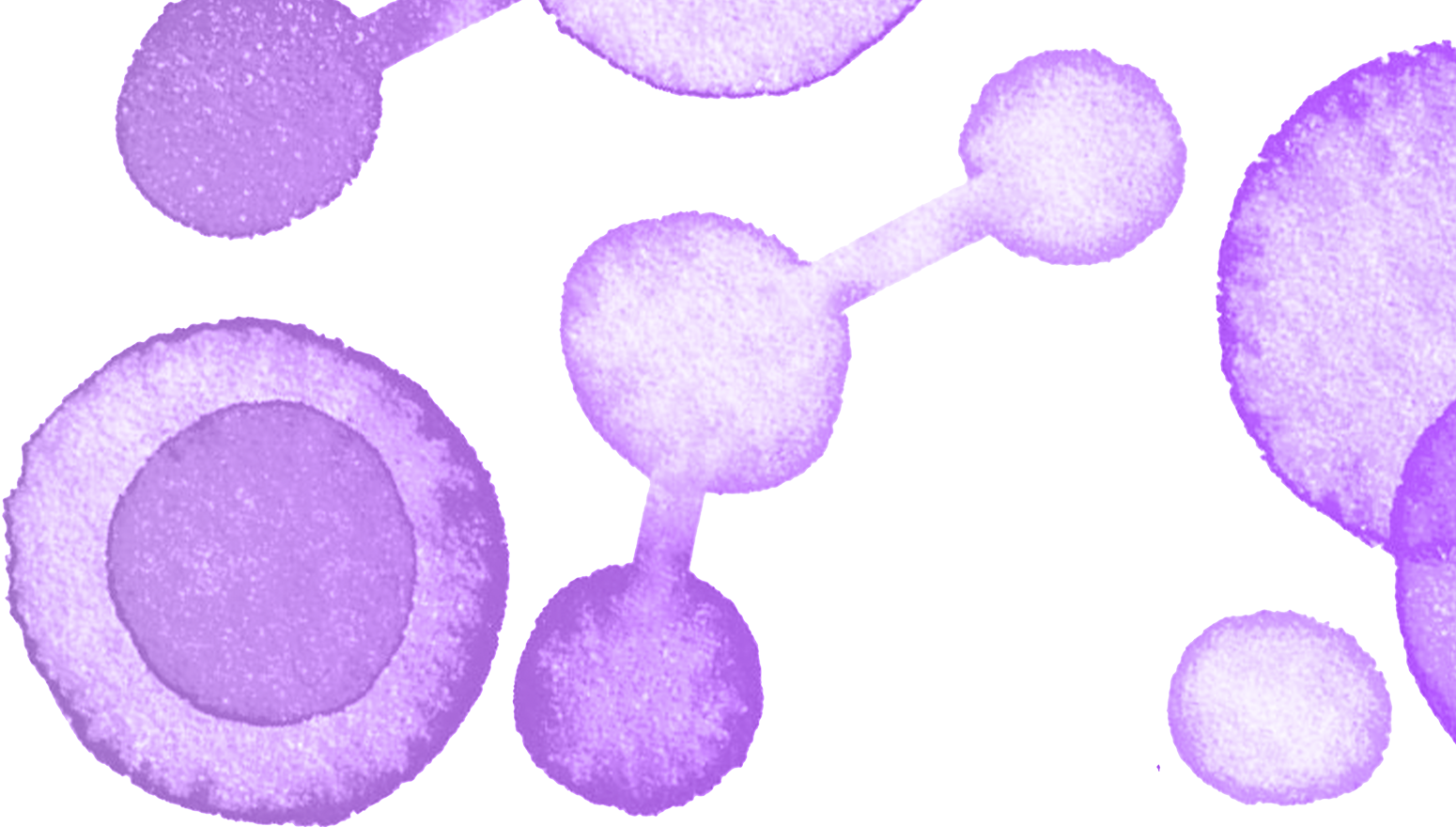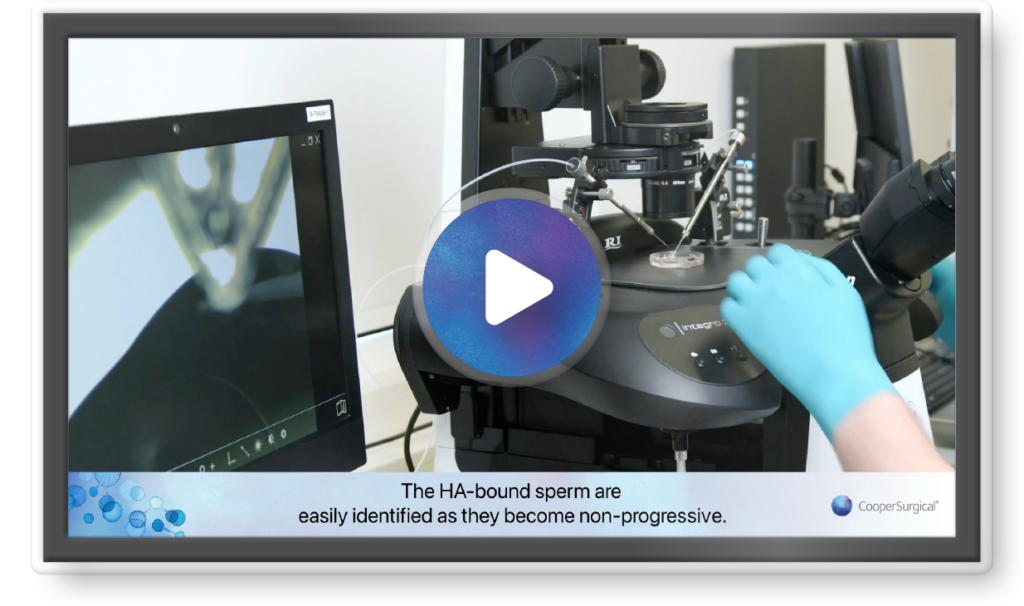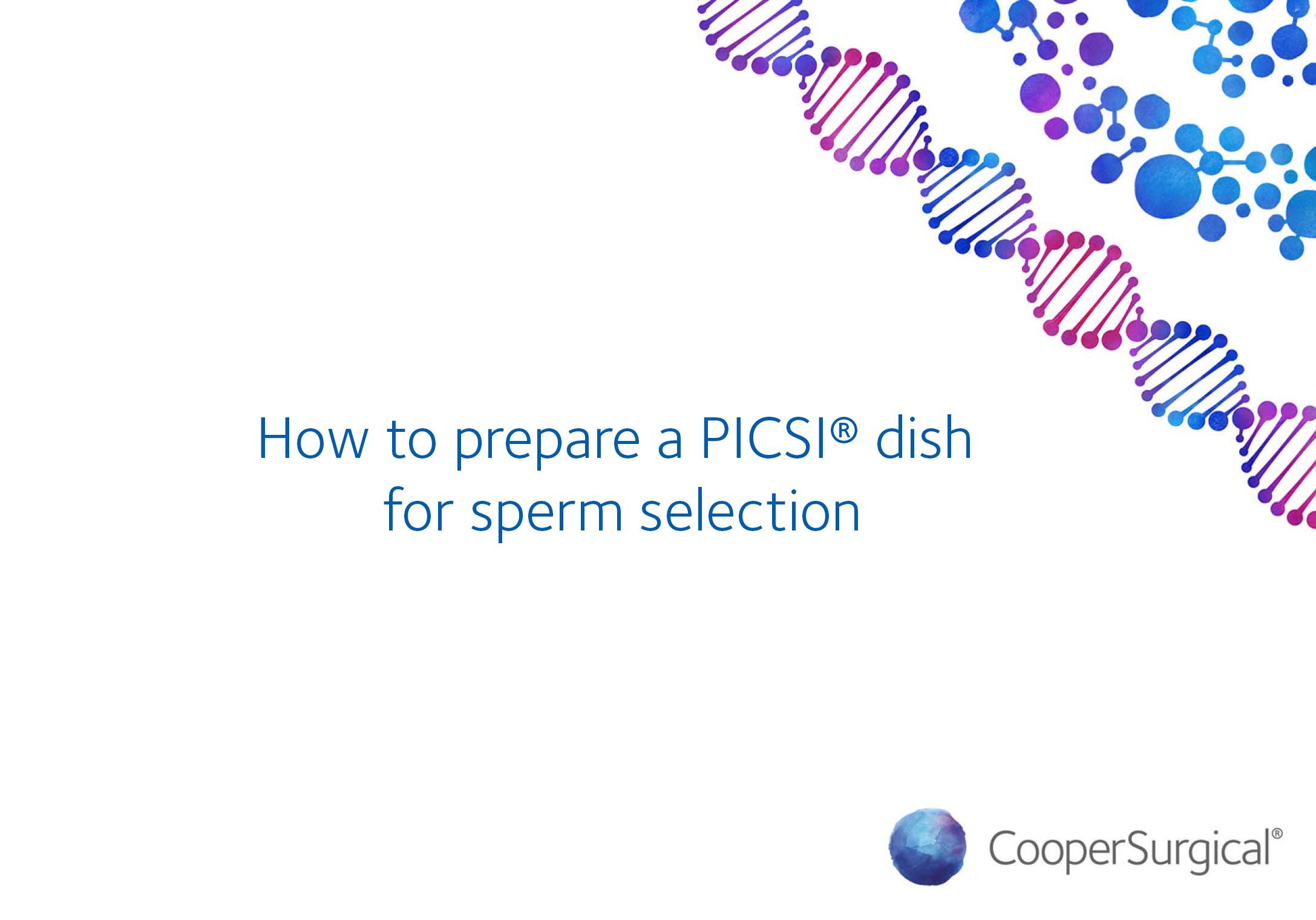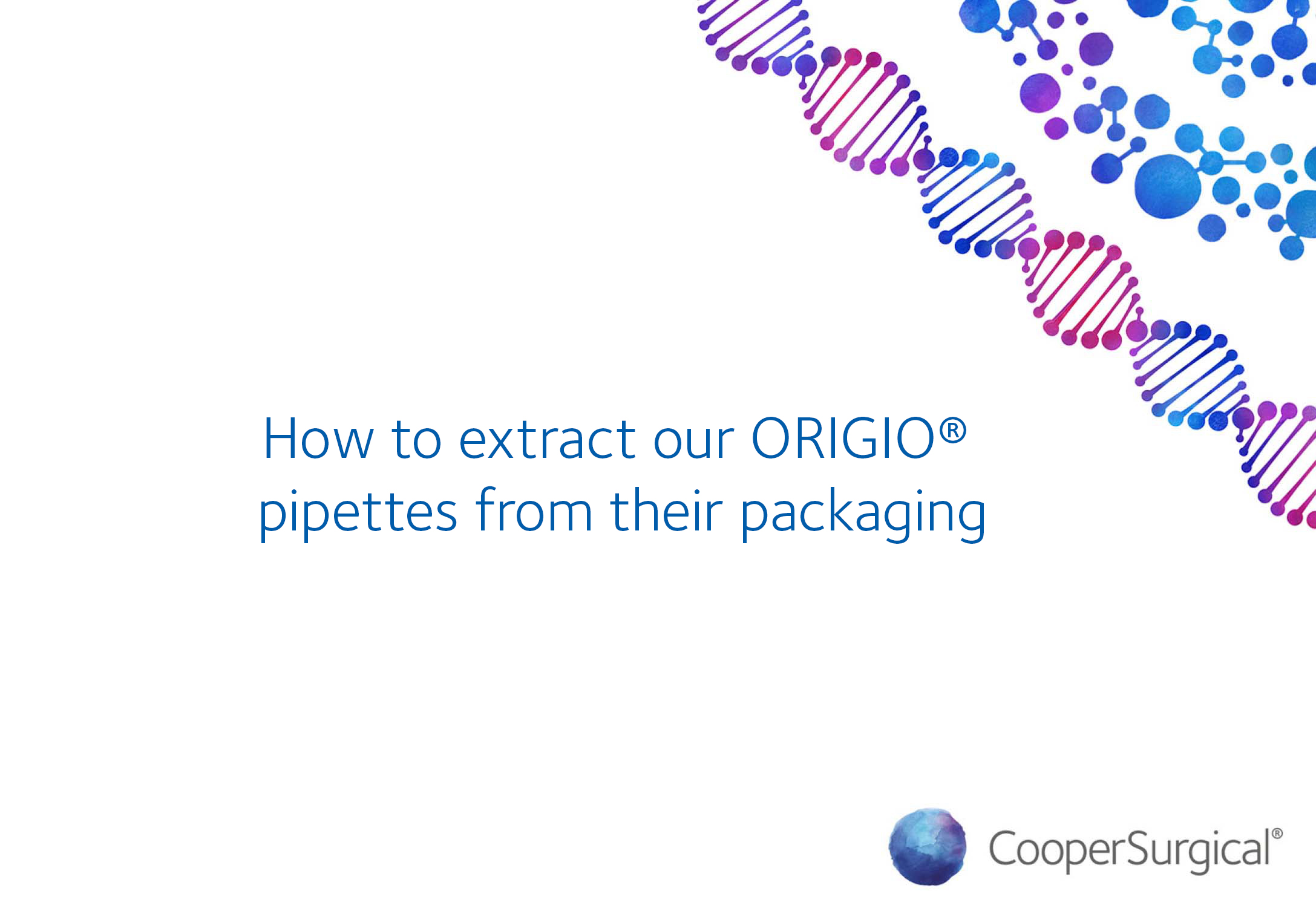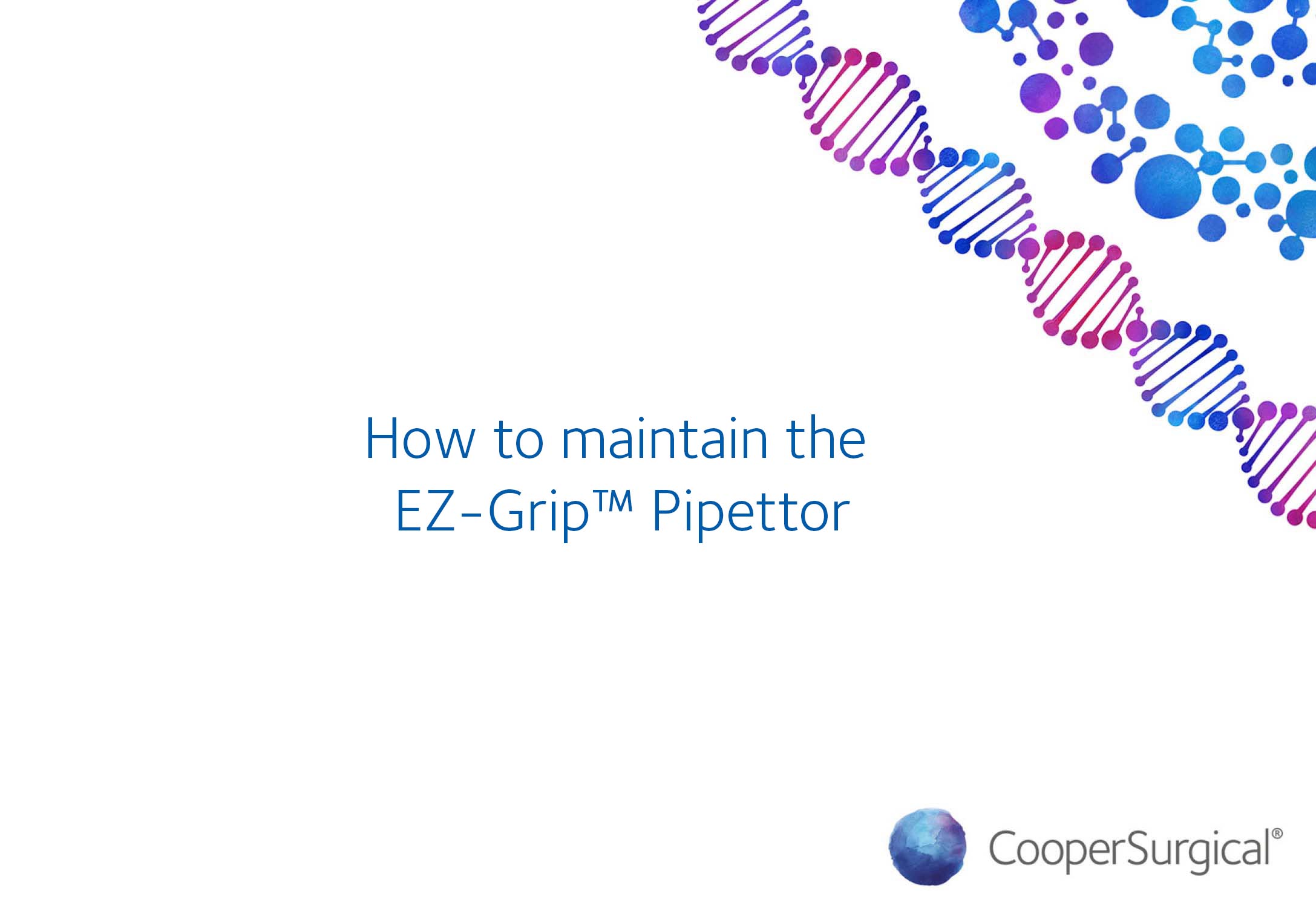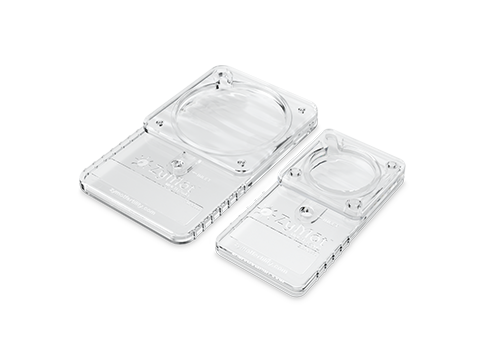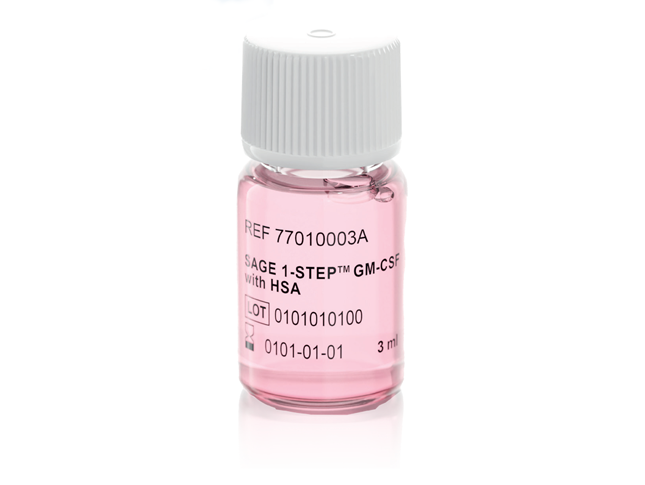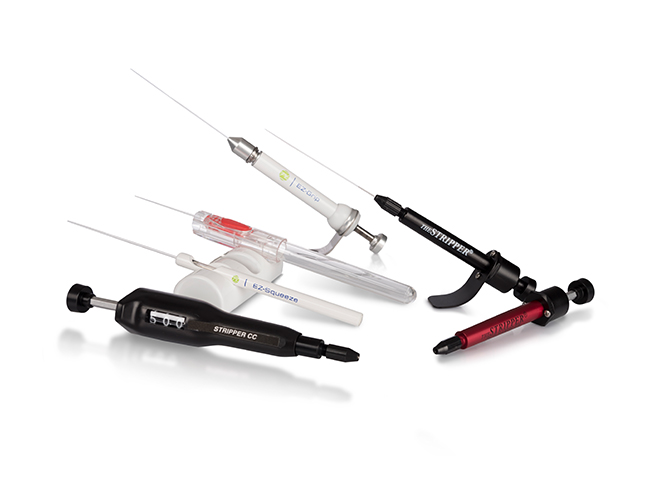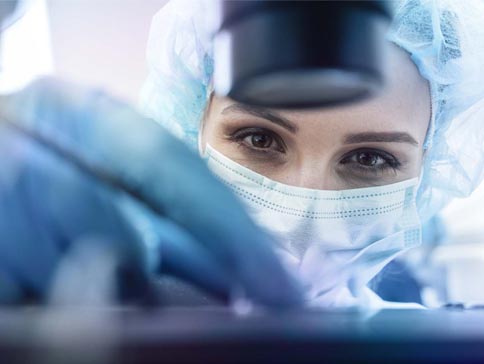Watch the video below to learn more about performing sperm selection with a PICSI® dish.
Join Dave Morroll PhD, the Director of Clinical Support at CooperSurgical® as he demonstrates this important procedure.
How to perform sperm selection with a PICSI® Dish
Add prepared sperm to the tip of hte tear-shaped drop that covers the pre-hydrated hyaluronan (HA) microdot. Position the PICSI® dish onto the micromanipulation stage. Prepare the ICSI pipette.
Move the drop covering the HA dot. The HA-bound sperm are easily identified as they become no-progressive. The sperm head is attached to HA in the microdot whilst the motile tail continues to beat, causing the sperm to spin.
The HA-bound sperm are easily identified as they become non-progressive. The HA-bound sperm can be collected by simply touching and aspirating the sperm at the same time so it is drawn into the ICSI pipette. The collected sperm are transferred into the PVP drop where further selection can be made based on morphology.
Did you know?
Clinical evidence shows sperm selection with PICSI® dishes may improve live birth outcomes among older couples,2, decreases miscarriage rates2,3 and give better chances of success after previously failed ICSI cycles.4
Sperm preparation techniques enable the isolation of a fraction containing a high percentage of morphologically normal and motile cells, with reduced DNA damage, from the neat semen sample.
However, none of those techniques is capable of completely removing DNA-damaged sperm. During the standard ICSI procedure there is always a risk of injecting a sperm with impaired DNA into the oocyte, as there are no specific tools to check whether the sperm DNA is intact. There is an added level of uncertainty if you know the patient has an increased DNA fragmentation level.
CooperSurgical’s PICSI® dish is an innovative solution to these types of intricacies, requiring minimal changes to your existing ICSI procedures – and can be easily implemented into your clinical practice.
The PICSI® dish allows for selection of single mature spermatozoa with increased chances of DNA integrity, proper DNA packaging and lower risk of aneuploidy.1,2
In the journey towards conception, the importance of selecting the most viable and genetically competent sperm cannot be overstated.
Our PICSI® dish provides a science-based and precise approach to identifying and isolating mature spermatozoa with a high chance of DNA integrity, proper DNA packaging and lower risk of aneuploidy before injection into the oocyte.¹
In our archive of educational videos, you may have already learned how to prepare a PICSI® dish for sperm selection; now you can learn more about the process of performing sperm selection with a PICSI® dish.
Remember these important considerations when performing sperm selection
with CooperSurgical’s PICSI dish.
- The sperm suspension can be added in increasing amounts; this allows the embryologist to start working in the HA dot with most sperm added (and generally faster binding) and switching to the dots with less sperm as the HA dot becomes crowded with sperm
- If using PVP, it may help to prime (pre-load) the injection pipette with PVP before picking up sperm
- As sperm bind to the HA via receptors on their heads, the tail continues to beat and produces this ‘helicopter’-like rotational movement
- With a little practice, the sperm are easily picked up by applying a little negative pressure (suction) in the pipette, and a gentle nudge to the sperm head
- Several sperm can be selected before moving into the handling drop, typically of PVP; remember that morphology should be re-checked as for routine ICSI prior to injection
New research on Andrology has been published!
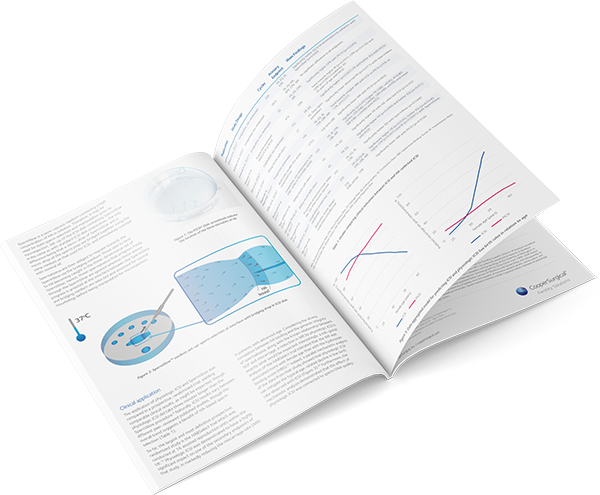
PICSI® DISH AND SPERMSLOW™ MEDIA
by Steve Fleming PhD
Director of Embryology, CooperSurgical
This white paper by Steve Fleming PhD discusses two different but related approaches developed for sperm selection via their ability to bind Hyaluronan: the PICSI® Dish and SpermSlow™ Media.
References
- Huszar G, Ozkavukcu S, Jakab A, Celik-Ozenci C, Sati GL, Cayli S. Hyaluronic acid binding ability of human sperm reflects cellular maturity and fertilizing potential: selection of sperm for intracytoplasmic sperm injection. Curr Opin Obstet Gynecol 2006;18:260–267.
- West R, Coomarasamy A, Frew L, Hutton R, Kirkman-Brown J, Lawlor M, Lewis S, Partanen R, Payne-Dwyer A, Román-Montañana C, Torabi F, Tsagdi S, Miller D. Sperm selection with hyaluronic acid improved live birth outcomes among older couples and was connected to sperm DNA quality, potentially affecting all treatment outcomes. Hum Reprod. 2022 May 30;37(6):1106-1125.
- Worrilow KC, Eid S, Woodhouse D, Perloe M, Smith S, Witmyer J, Ivani K, Khoury C, Ball GD, Elliot T, Lieberman J. Use of hyaluronan in the selection of sperm for intracytoplasmic sperm injection (ICSI): significant improvement in clinical outcomes–multicenter, double-blinded and randomized controlled trial. Hum Reprod. 2013 Feb;28(2):306-14.
- Scaruffi P, Bovis F, Casciano I, Maccarini E, De Leo C, Gazzo I, Massarotti C, Sozzi F, Stigliani S, Anserini P. Hyaluronic acid-sperm selection significantly improves the clinical outcome of couples with previous ICSI cycles failure. Andrology. 2022 May;10(4):677-685.

